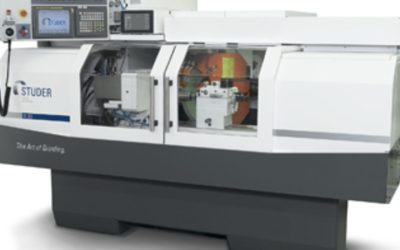Internal diameter grinding machines are used to ensure the finish, form and shape of an inside diameter on a workpiece are precisely conditioned. It is therefore crucial to have an understanding of the way in which the key components relate or are aligned to each other will have an effect on the quality of the part that is being ground.
Misalignments in key components of as little as 25.4 microns (or 0.001”) could have serious consequences that result in the finished part ultimately being of poor quality. A number of operators are even of the firm belief that dressing or truing a new grinding wheel will mean good cylindrical geometry in the wheel.
However if the spindle of the internal grinding wheel is not in correct alignment with the diamond truing device the end result will be an inaccurate shaping of the wheel form, which can result in issues occurring during the ID grinding process that will have a negative impact on the quality of the part.
The same is true about work spindle alignment to the spindle of the grinding wheel or indeed of both spindles in relation to the X and Z slides of the machine.
Having a basic understanding of the relationships and alignments of the components that are in a machine to one another is important and will help to assist users to ensure that they are able to produce quality workpieces.
Correct alignment is important to both slides – the internal grinding wheel spindle, the workhead spindle and the internal grinding wheel dressing/truing device.









